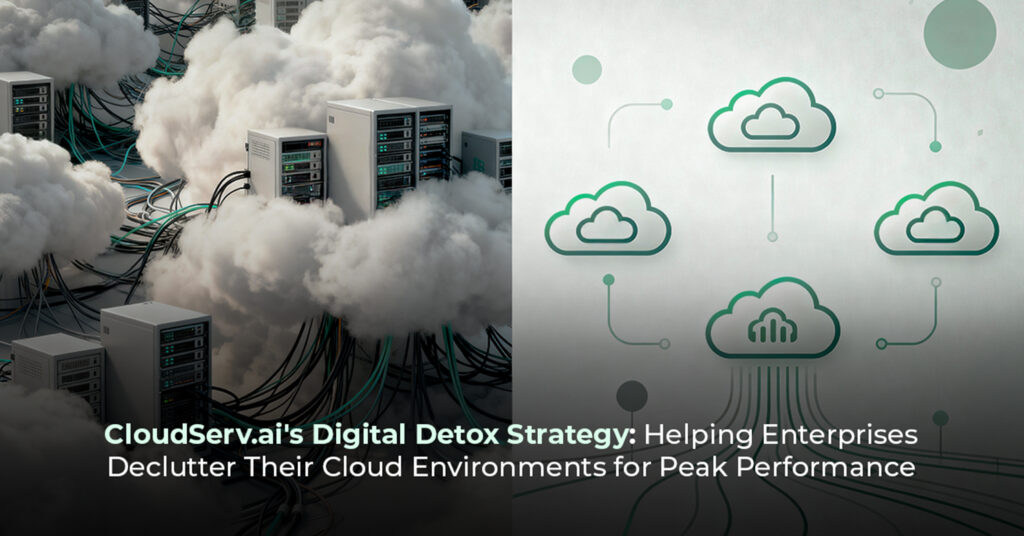Why Do Small Schema Changes Still Wake People Up at 2 AM?
Data teams love to say “it’s just a column addition, it shouldn’t break anything.” And yet, somewhere downstream, a transformation job silently dies, an ML pipeline ingests unexpected nulls, or dashboards light up with errors. The result? Midnight Slack pings, hotfix patches, and a tired engineer whispering, “Never again.”
The truth is simple: most data systems scale faster than the agreements that govern them. We scale pipelines, jobs, and consumption layers yet the contract between producer and consumer remains implicit, fragile, and often undocumented.
It’s time to fix that.
The Real Problem Invisible Contracts and Silent Breakage
Most organizations operate on unspoken schema agreements.
- “We assumed you’d never change that field.”
- “We thought no one was consuming that column.”
- “We didn’t know that report still used the old schema.”
This isn’t a tooling issue. It’s a contract issue. The lack of explicit schema contracts means teams deploy changes with hope instead of certainty.
Hope is not a deployment strategy.
Data Contracts The Missing Source of Truth
A data contract is not just a schema file it’s an explicit agreement between the team producing data and everyone consuming it.
A strong contract defines:
✅ Schema shape with clear allowed change types
✅ Ownership who to contact before evolution
✅ Versioning path additive vs. breaking changes
✅ Compatibility guarantees for batch, streaming, and ML use
With contracts, schema changes shift from “broadcast and pray” to “publish with guarantees.”
Shadow Pipelines Safety Nets for Real Evolution
Once a schema change is proposed and approved in the contract, it should not hit production directly. Instead, enter shadow pipelines.
Think of them as ghost pipelines running new schema logic in parallel without touching production consumers.
🧠 Key checks during shadow execution:
- Are null patterns increasing?
- Are type coercions happening silently?
- Does latency increase under real traffic?
- Would downstream jobs break if this version went live today?
Only when the shadow pipeline passes real-world validation does the schema enter the live contract.
No alarms. No panic. Just clean promotion.
The 4-Step Blueprint for Safe Schema Evolution

What CI/CD did for code, shadowed schema reviews will do for data reliability.
This Isn’t Just Technical It’s Cultural
Schema changes stop being stressful the moment they become observable, reviewable, and testable like code.
Here’s what changes across the team:
- ✅ Fewer 1 AM Slack threads
- ✅ Ownership becomes clear instead of tribal
- ✅ Engineers stop fearing iteration
- ✅ Business teams trust data more because changes are predictable
When contracts are visible and shadow validation is standard, speed goes up and anxiety goes down.
Looking Ahead Contract-Aware Orchestration & Self-Healing Schemas
Future-ready data platforms will do more than just store schema metadata. They will:
- Block deployments that violate contracts automatically
- Generate shadow pipelines on every proposed change
- Predict downstream breakage using lineage and telemetry
- **Expose “schema SLOs” uptime measured by valid contract stability, not just job success
Schema stability becomes a platform feature, not an afterthought.
Final Thought What If Schema Changes Were Boring?
Imagine a world where schema changes were quiet, predictable, and uneventful just another green checkmark in the pipeline.
The tooling exists. The patterns exist. All that’s missing is a shift in mindset:
If your schema changes had to pass a contract test suite before reaching production, how differently would your data team operate?



